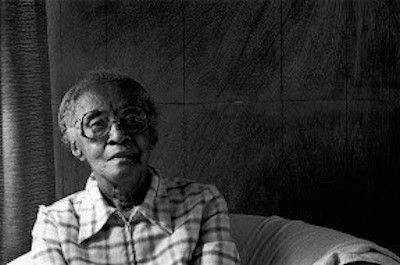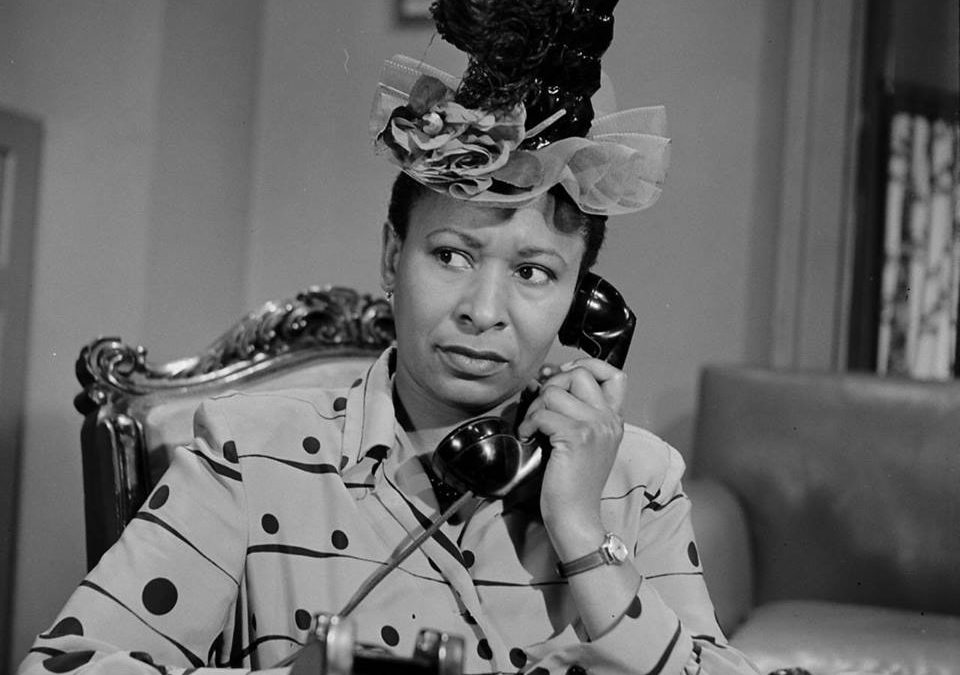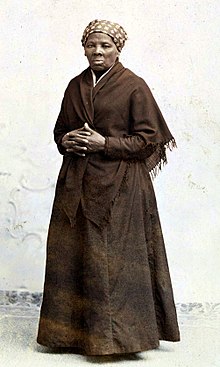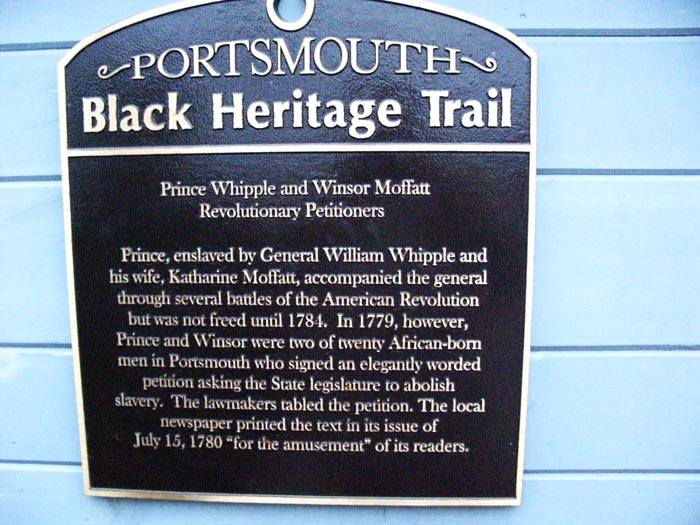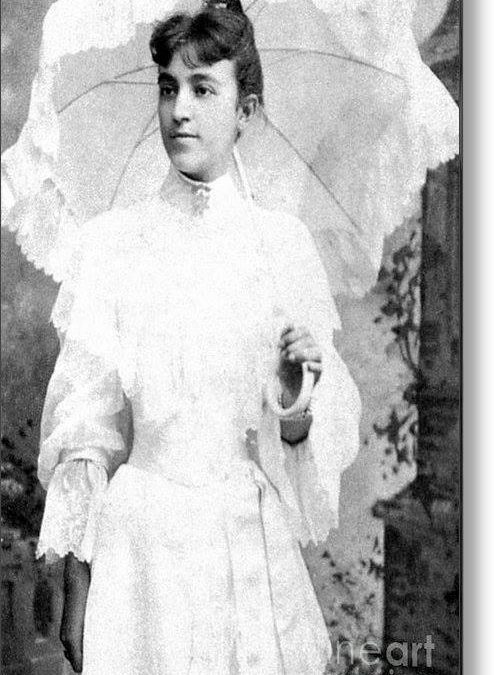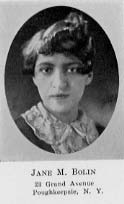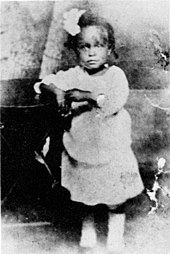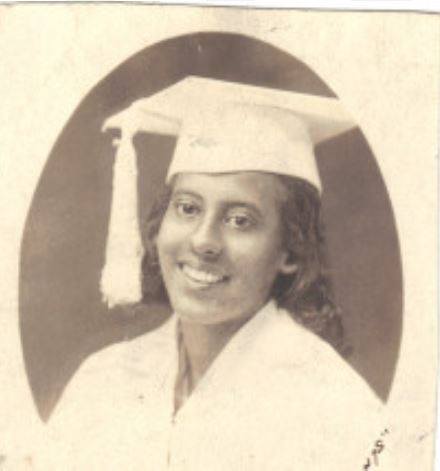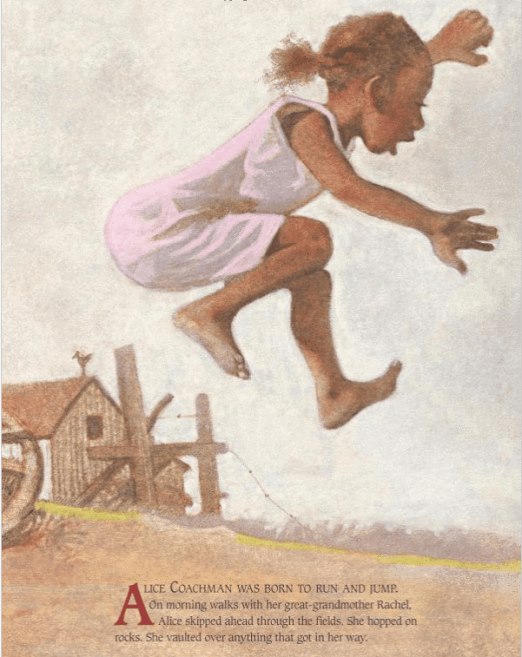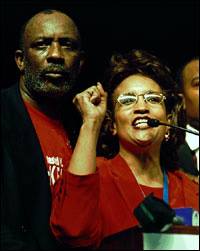GM – FBF –
Today , I would like to share with you, a black female who was one of the most
influential jazz singers of all time. She had a thriving career for many years
before she lost her battle with addiction. She is considered one of best Enjoy!
Remember – “In this country,
don’t forget, a habit is no damn private hell. There’s no solitary confinement
outside of jail. A habit is hell for those you love. And in this country it’s
the worst kind of hell for those who love you.” – Billie Holiday
Today in our Hsitory – July 17,
1915 – Actress, singer, and Jass person, Billie Holiday was born.
Jazz vocalist Billie Holiday was
born in 1915 in Philadelphia. Considered one of the best jazz vocalists of all
time, Holiday had a thriving career as a jazz singer for many years before she
lost her battle with substance abuse.
Also known as Lady Day, her
autobiography was made into the 1972 film Lady Sings the Blues. In 2000, Billie
Holiday was inducted into the Rock and Roll Hall of Fame.
Billie Holiday was born Eleanora
Fagan on April 7, 1915, in Philadelphia, Pennsylvania. (Some sources say her
birthplace was Baltimore, Maryland, and her birth certificate reportedly reads
“Elinore Harris.”)
Holiday spent much of her
childhood in Baltimore. Her mother, Sadie, was only a teenager when she had
her. Her father is widely believed to be Clarence Holiday, who eventually
became a successful jazz musician, playing with the likes of Fletcher
Henderson.
Unfortunately for Billie, her
father was an infrequent visitor in her life growing up. Sadie married Philip
Gough in 1920 and for a few years Billie had a somewhat stable home life. But
that marriage ended a few years later, leaving Billie and Sadie to struggle
along on their own again. Sometimes Billie was left in the care of other
people.
Holiday started skipping school,
and she and her mother went to court over Holiday’s truancy. She was then sent
to the House of Good Shepherd, a facility for troubled African American girls,
in January 1925.
Only 9 years old at the time, Holiday
was one of the youngest girls there. She was returned to her mother’s care in
August of that year. According to Donald Clarke’s biography, Billie Holiday:
Wishing on the Moon, she returned there in 1926 after she had been sexually
assaulted.
In her difficult early life,
Holiday found solace in music, singing along to the records of Bessie Smith and
Louis Armstrong. She followed her mother, who had moved to New York City in the
late 1920s, and worked in a house of prostitution in Harlem for a time.
Around 1930, Holiday began
singing in local clubs and renamed herself “Billie” after the film
star Billie Dove.
At the age of 18, Holiday was discovered by producer John Hammond while she was
performing in a Harlem jazz club. Hammond was instrumental in getting Holiday
recording work with an up-and-coming clarinetist and bandleader Benny Goodman.
With Goodman, she sang vocals for
several tracks, including her first commercial release “Your Mother’s
Son-In-Law” and the 1934 top ten hit “Riffin’ the Scotch.”
Known for her distinctive
phrasing and expressive, sometimes melancholy voice, Holiday went on to record
with jazz pianist Teddy Wilson and others in 1935.
She made several singles,
including “What a Little Moonlight Can Do” and “Miss Brown to
You.” That same year, Holiday appeared with Duke Ellington in the film
Symphony in Black.
Around this time, Holiday met and befriended saxophonist Lester Young, who was
part of Count Basie’s orchestra on and off for years. He even lived with
Holiday and her mother Sadie for a while.
Young gave Holiday the nickname
“Lady Day” in 1937—the same year she joined Basie’s band. In return,
she called him “Prez,” which was her way of saying that she thought
it was the greatest.
Holiday toured with the Count
Basie Orchestra in 1937. The following year, she worked withArtie Shaw and his
orchestra. Holiday broke new ground with Shaw, becoming one of the first female
African American vocalists to work with a white orchestra.
Promoters, however, objected to
Holiday—for her race and for her unique vocal style—and she ended up leaving
the orchestra out of frustration.
Striking out on her own, Holiday
performed at New York’s Café Society. She developed some of her trademark stage
persona there—wearing gardenias in her hair and singing with her head tilted
back.
During this engagement, Holiday
also debuted two of her most famous songs, “God Bless the Child” and
“Strange Fruit.” Columbia, her record company at the time, was not
interested in “Strange Fruit,” which was a powerful story about the
lynching of African Americans in the South.
Holiday recorded the song with
the Commodore label instead. “Strange Fruit” is considered to be one
of her signature ballads, and the controversy that surrounded it—some radio
stations banned the record—helped make it a hit.
Over the years, Holiday sang many
songs of stormy relationships, including “T’ain’t Nobody’s Business If I
Do” and “My Man.” These songs reflected her personal romances,
which were often destructive and abusive.
Holiday married James Monroe in
1941. Already known to drink, Holiday picked up her new husband’s habit of
smoking opium. The marriage didn’t last—they later divorced—but Holiday’s
problems with substance abuse continued.
That same year, Holiday had a hit
with “God Bless the Child.” She later signed with Decca Records in
1944 and scored an R&B hit the next year with “Lover Man.”
Her boyfriend at the time was
trumpeter Joe Guy, and with him she started using heroin. After the death of
her mother in October 1945, Holiday began drinking more heavily and escalated
her drug use to ease her grief.
Despite her personal problems,
Holiday remained a major star in the jazz world—and even in popular music as
well. She appeared with her idol Louis Armstrong in the 1947 film New Orleans,
albeit playing the role of a maid.
Unfortunately, Holiday’s drug use
caused her a great professional setback that same year. She was arrested and
convicted for narcotics possession in 1947. Sentenced to one year and a day of
jail time, Holiday went to a federal rehabilitation facility in Alderston, West
Virginia.
Released the following year,
Holiday faced new challenges. Because of her conviction, she was unable to get
the necessary license to play in cabarets and clubs. Holiday, however, could
still perform at concert halls and had a sold-out show at the Carnegie Hall not
long after her release.
With some help from John Levy, a
New York club owner, Holiday was later to get to play in New York’s Club Ebony.
Levy became her boyfriend and manager by the end of the 1940s, joining the
ranks of the men who took advantage of Holiday.
Also around this time, she was
again arrested for narcotics, but she was acquitted of the charges.
While her hard living was taking a toll on her voice, Holiday continued to tour
and record in the 1950s. She began recording for Norman Granz, the owner of
several small jazz labels, in 1952. Two years later, Holiday had a hugely
successful tour of Europe.
Holiday also caught the public’s
attention by sharing her life story with the world in 1956. Her autobiography,
Lady Sings the Blues (1956), was written in collaboration by William
Dufty.
Some of the material in the book, however, must be taken with a grain of salt.
Holiday was in rough shape when she worked with Dufty on the project, and she claimed
to have never read the book after it was finished.
Around this time, Holiday became
involved with Louis McKay. The two were arrested for narcotics in 1956, and
they married in Mexico the following year. Like many other men in her life,
McKay used Holiday’s name and money to advance himself.
Despite all of the trouble she had been experiencing with her voice, she
managed to give an impressive performance on the CBS television broadcast The
Sound of Jazz with Ben Webster, Lester Young, and Coleman Hawkins.
After years of lackluster
recordings and record sales, Holiday recorded Lady in Satin (1958) with the Ray
Ellis Orchestra for Columbia. The album’s songs showcased her rougher sounding
voice, which still could convey great emotional intensity.
Holiday gave her final
performance in New York City on May 25, 1959. Not long after this event,
Holiday was admitted to the hospital for heart and liver problems.
She was so addicted to heroin that she was even arrested for possession while
in the hospital. On July 17, 1959, Holiday died from alcohol- and drug-related
complications.
More than 3,000 people turned out
to say good-bye to Lady Day at her funeral held in St. Paul the Apostle Roman
Catholic Church on July 21, 1959. A who’s who of the jazz world attended the
solemn occasion, including Benny Goodman, Gene Krupa, Tony Scott, Buddy Rogers
and John Hammond.
Considered one of the best jazz vocalists of all time, Holiday has been an
influence on many other performers who have followed in her footsteps.
Her autobiography
was made into the 1972 film Lady Sings the Blues with famed singer Diana Ross
playing the part of Holiday, which helped renew interest in Holiday’s
recordings.
In 2000, Billie Holiday was inducted into the Rock and Roll Hall of Fame with
Diana Ross handling the honors. Research more about Black singers in American
and share with you babies. Make it a champion Day!

